Let’s go to St Petersburg
Who would come to Russia and not visit the glorious city of the Tsars of St Petersburg. No way.Lets go!
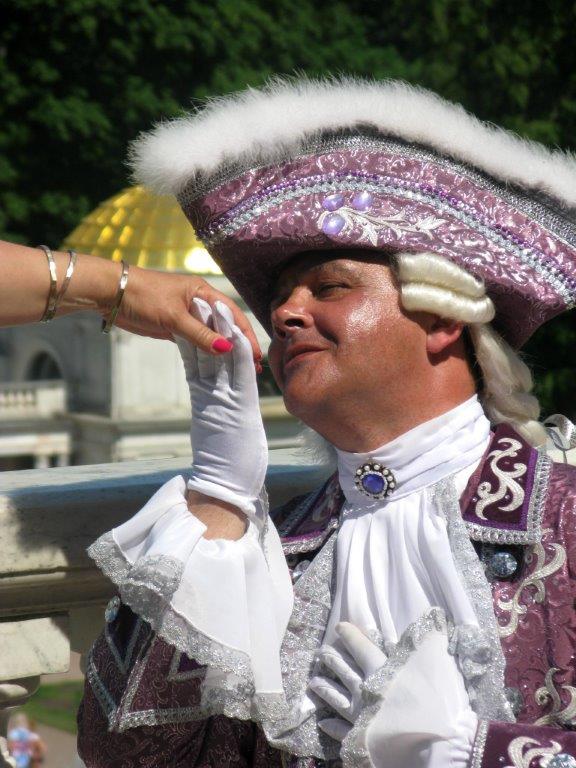
Peter and Paul Fortress
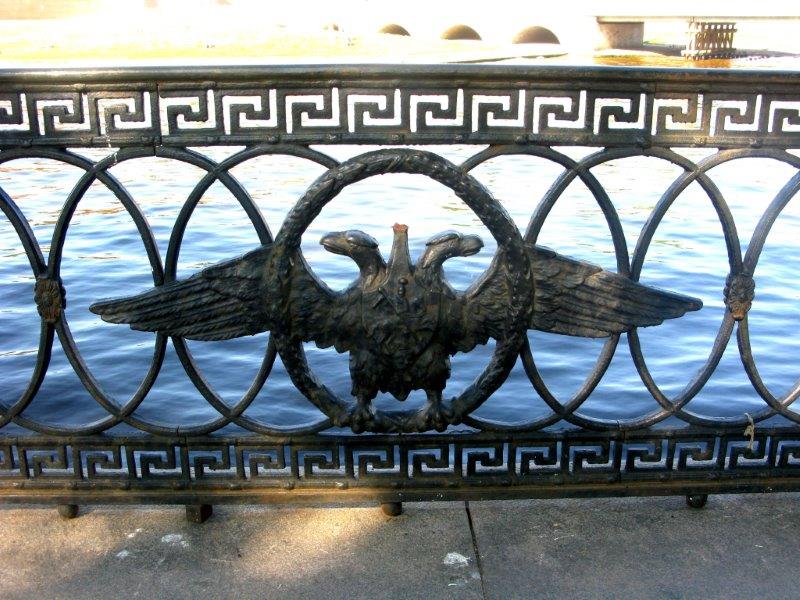
If you had the time you could easily spend a day at the fort. There is plenty to see and I just wanted to say a few words about it. The fortress is situated on one of St. Petersburg 42 islands. The Fortress was built in 1703 and it was the first substantial structure built by Peter the Great in 1703, in his new founded city. Building on the cathedral began in 1712 and was only competed eight years after Peter’s death in 1733. Today the Cathedral is the burial and resting place of Russian Tsars, including Nicholas and his family.
Peter the Great
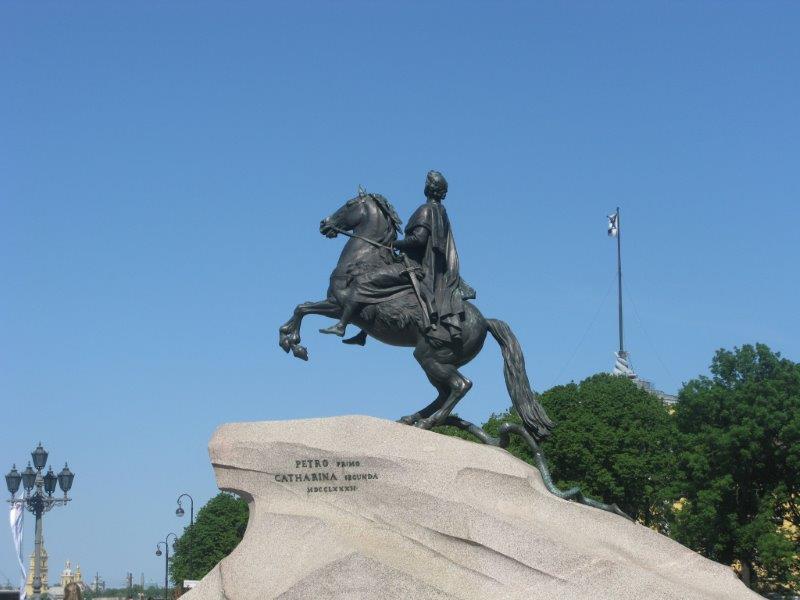
One of the most famous statues of Peter in St. Petersburg is the Bronze Horseman. It stands in the middle of the city in front of St. Isaacs Cathedral.According to legend, so long as the statue stands in the city of St. Petersburg the city will never be taken by enemy forces. During the Second World War the statue was protected by a wooden shelter and sand bags. Both St. Petersburg and the statue survived.
Marinsky Theater
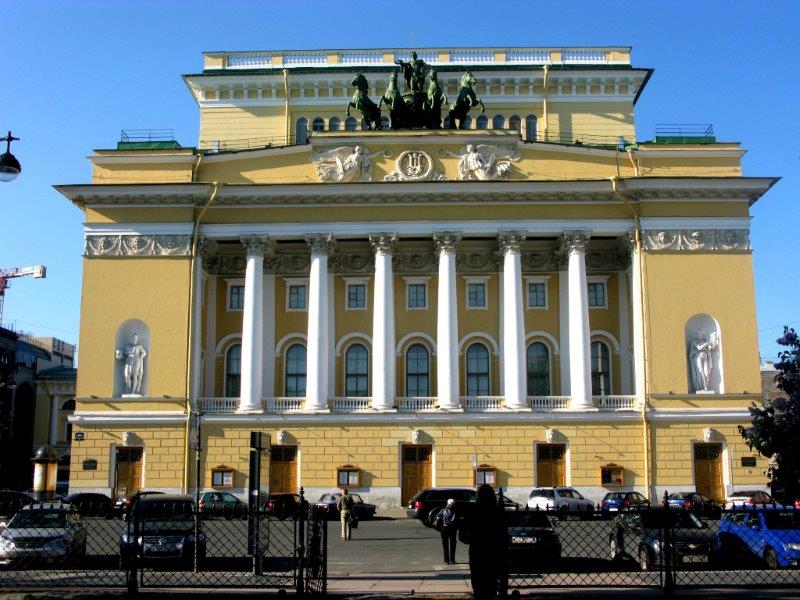
No trip to St. Petersburg would be complete without seeing at least one performance at the famous Mariinsky Theatre. I was lucky to be in St. Petersburg during the famous white nights when the town hosts the annual “The Stars of the White Nights Festival”. The Marinsky was built by the Italian/Russian architect Alberto Cavos in 1859. The impressive u-shaped theater had a seating capacity of 1,625. It saw such ballet legends as Mathilde Kschessinska, once mistress to the future Tsar Nicholas ll. For details of the White Nights Festival and all the performances CLICK HERE. Btw it is often possible to buy tickets at the cashiers on the night, by just turning up.
The Church of the Saviour of the spilled blood.
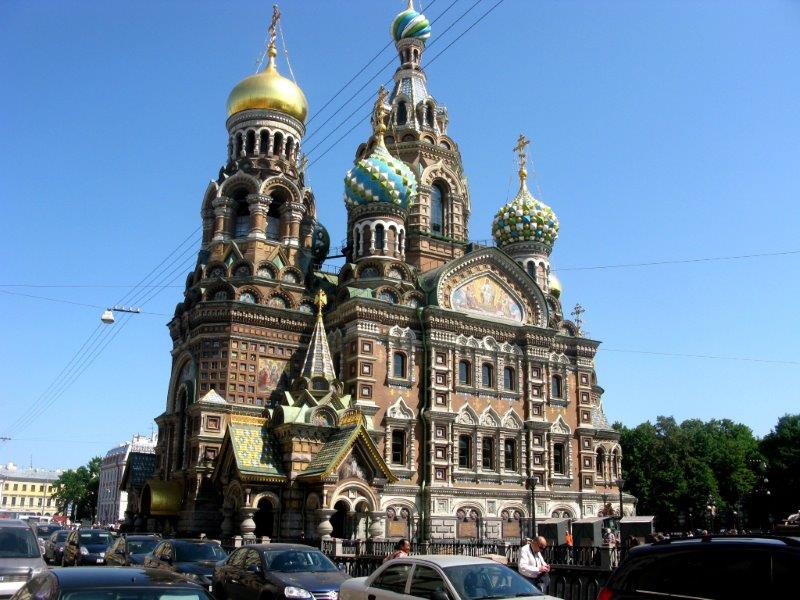
This church is every bit as extraordinary as its very eloquent title. The church is situated by the Griboedov Canal and if you walk down the Nevsky Prospect you will easily spot it. The church is so named for its “bloody” history. On March 13, 1881 Tsar Alexander II was driving past the embankment when a grenade was thrown by an anarchist at his carriage. The Tsar was unharmed and descended from his carriage to remonstrate with the presumed perpetrator. Minutes later another grenade was thrown, mortally wounding the Tsar, who was promptly taken to the nearby Winter Palace where he died a few hours later. In 1883 construction was already underway for a memorial church in his honour at the spot where he fell. This was the amazing result.
Peter and Paul Cathedral

The Peter and Paul Cathedral is probably the most popular attraction at the Peter and Paul Fortress, and for good reason. Just inside the entrance and to the right you will come across the St. Catherine’s chapel. Many people stop here for a few minutes, probably trying to think back to what it would have been like in the early hours of July 17th, 1918 for Nicholas II, his wife the Empress, Alexandra and their four daughters, Olga, Tatiana, Maria, and Anastasia, the Tsarevich Alexis and some of their devoted servants, as they faced the firing squad that ended their lives. Eighty years to the day of the slaughter on July 17,1998 the remains were finally laid to rest in a moving ceremony at the Peter and Paul Fortress.
The Hermitage Museum
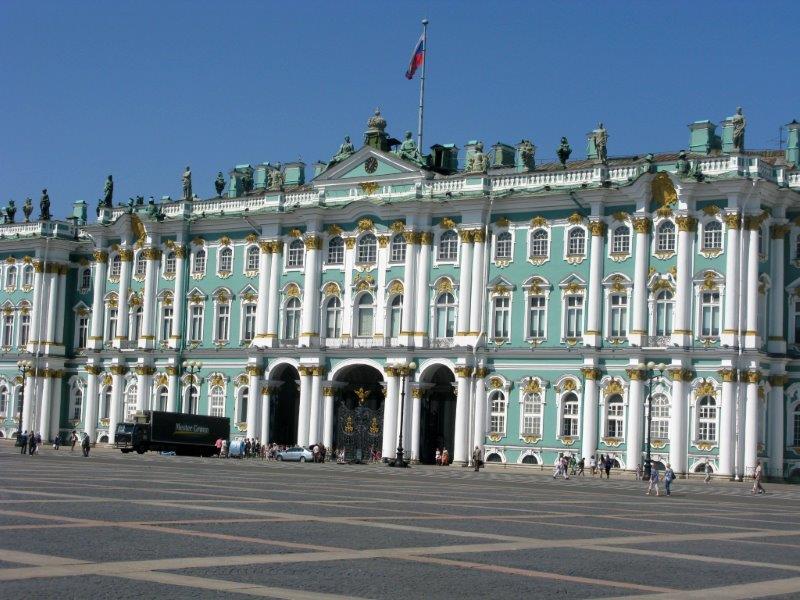
The Hermitage museum is made up of five buildings, including the Winter Palace, once home to Russian Tsars .It was founded in 1764 by Catherine the Great as a court museum. During the reign of Nicholas l the museum was reconstructed and in 1852 it was first opened to the public. In 1917, following the October Revolution the museum became public property. Today the museum is made up of five adjoining building and its estimated that it would take you 15 years to see everything. Its worth joining the short tours when you get here for orientation. .
Panorama of the Neva walkway
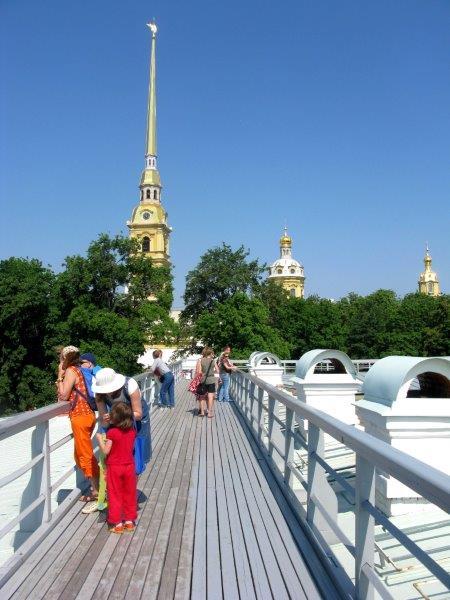
The walkway by the Neva river at the Peter and Paul Fortress is known as the “Panorama of the Neva” Ramparts Walkway it will give you some of your best views of the River and the surrounding fortress. I made it my last stop on my morning tour of the fortress.
Trubetskoy Prison
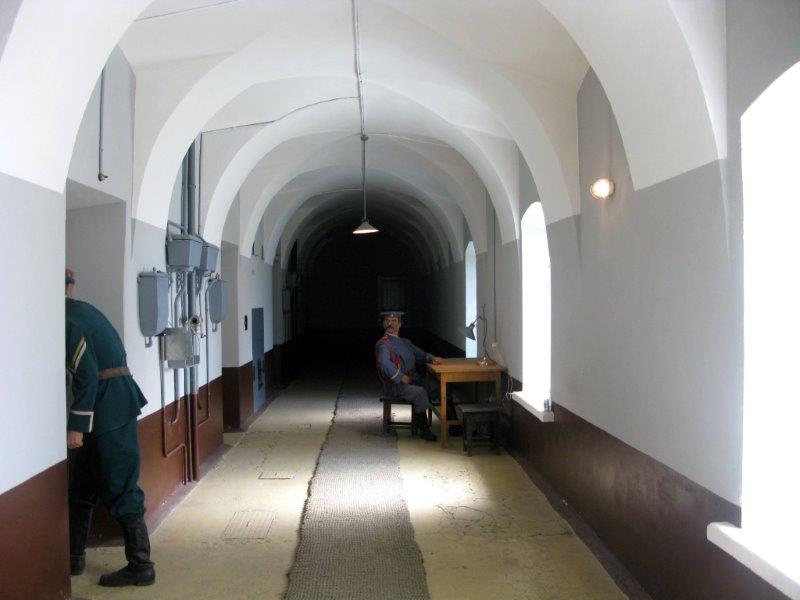
The first prisoner at the Trubetskoy Prison was the Tsarevitch Alexey Petrovich, son of Peter the Great. He was imprisoned here in 1718 by his father for not supporting his reforms.He was sentenced to death, but apparently died of apoplexy upon hearing his sentence. The Trubetskoy started out as one of the 6 bastions of the Peter and Paul fortress. The first prisoner at the Trubetskoy Prison was the Tsarevitch Alexey Petrovich, son of Peter the Great. It was intended as a detention center for political prisoners. The prison had 69 cells and each prisoner was kept in solitary confinement.
The Catherine Palace
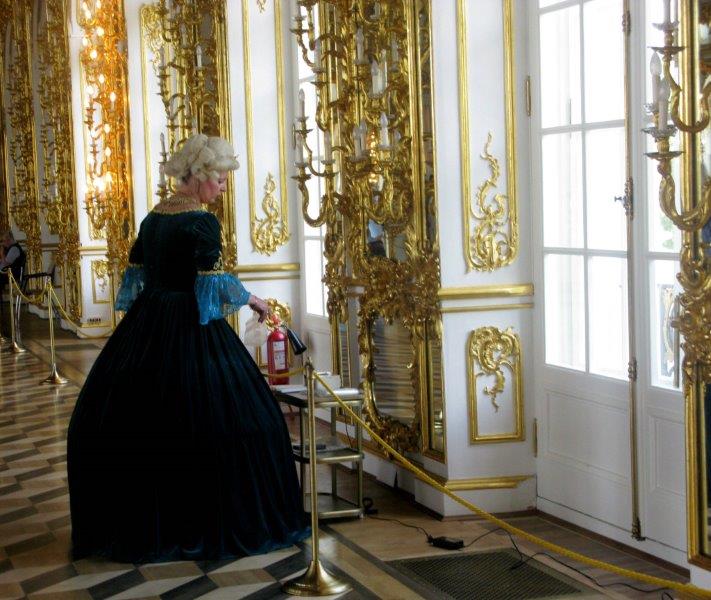
The Catherine Palace is located 25 kilometers south of St. Petersburg in what was known as the town of Tsarskoye Selo The palace was built in 1717 as the summer residence of Empress Catherine I. It was enlarged and beautified during the reign of Empress Elizabeth. The most famous room in the palace is the Amber room which today is the stuff of legends. During the siege of what was then Leningrad many palaces were looted by the Germans. It was decided to dismantle the amber room and move it to safety. Unfortunately to this day no one knows where that is. The room you see today is a reconstruction. Don’t try and go here on your own as you can only visit on an organized tour.
The Alexander Palace
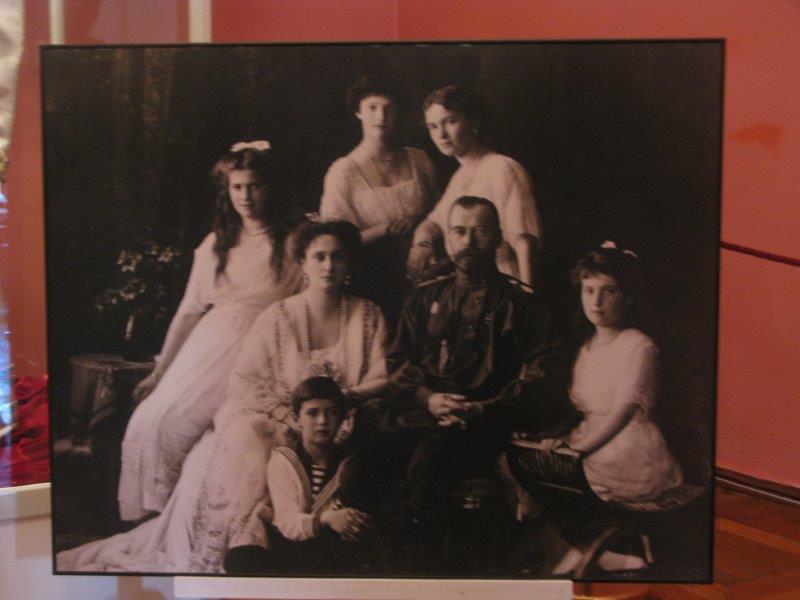
The Alexander Palace is not far from the Catherine Palace. Much smaller in stature it was the favoured and last home to the last Tsar of Russia Nicholas, his wife Alexandra and their 5 children. It has many mementos of the family and having read their story you can’t help feeling moved when you walk round. You do not need to be on a tour to come here and its easy to reach from the town center.
Monument to the Heroic defenders
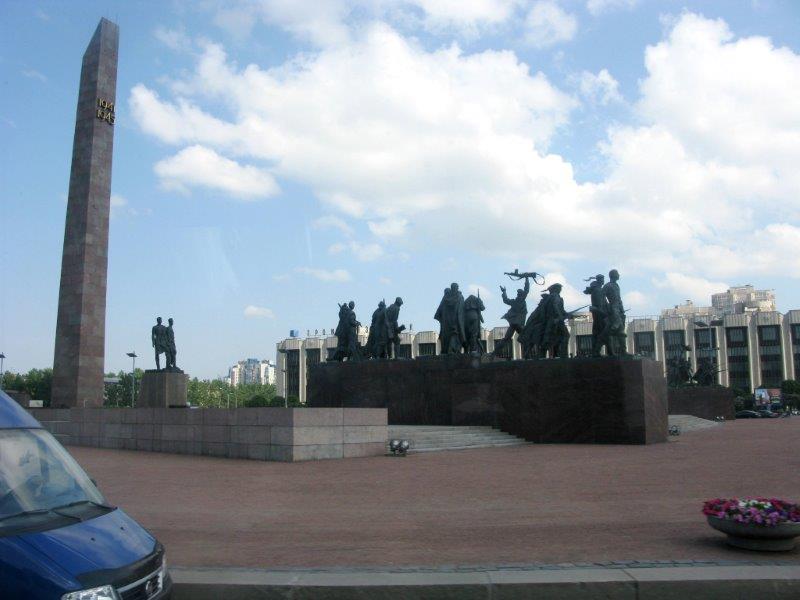
I didn’t come here but I did pass it. In fact this is probably most people’s introduction to this beautiful city. The chances are you will pass it on your way from the airport. In fact if you head for the Catherine Palace you will undoubtedly go past if again. The monument is situated on Ploschard Pobedy (Victory Square) and it is situated about one block from Moskovskya metro station. The monument was built to commemorate the 900 day siege of Leningrad.
Yussupov Palace
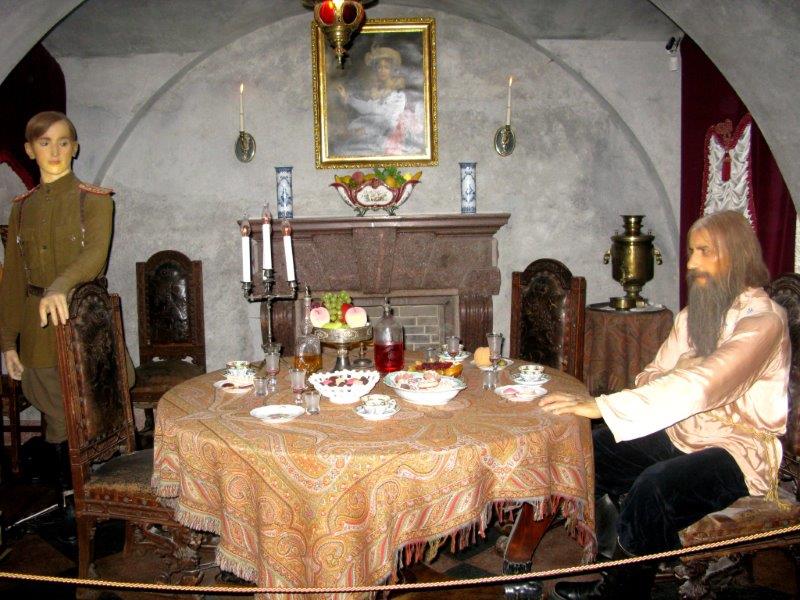
Imagine it’s the 29th December, 1916, a cold crisp night in St Petersburg, in what was then the Imperial Capital of the Russian Empire. It’s also the middle of the Second World War and there are plenty of Russia’s nobility who resent the apparent influence of a certain “holy man” called Grigori Yefimovich Rasputin is having on the Tsar Nicholas ll and his wife, the Empress including Felix Yussupov. He was invited on the basis his wife Irina would be there (she was actually away) Whe he arrived he was served cakes and several glasses of wine laced with potassium cyanide. Amazingly enough he was unaffected. This called for desperate measures and Yussupov borrowed a gun and shot Rasputin multiple times. He was still unable to kill him. According to the memoir, “This devil who was dying of poison, who had a bullet in his heart, must have been raised from the dead by the powers of evil. There was something appalling and monstrous in his diabolical refusal to die.” He was finally thrown in the river and the cause of death was by drowning. You can now visit the Yussupov palace and see the room where he had his last meal. There are some tours in English.
Peterhof Palace
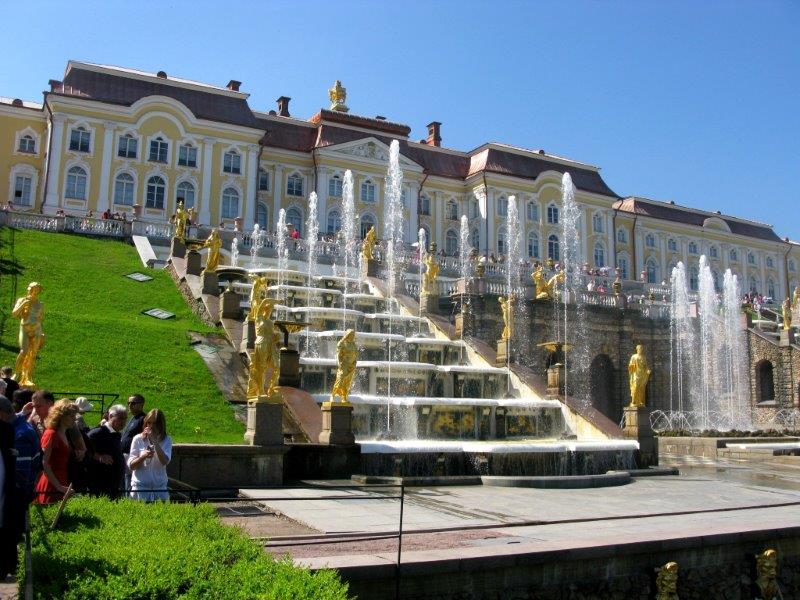
One of St. Petersburg’s most famous and popular visitor attractions. Peter the Great took his inspiration from Versailles and its easy to see why when you visit. There are several palaces here; the Great Peterhof, Marly Palace and the Monplaisir. One of the most stunning sights are the fountains, the most famous being the Grand Cascade. The grounds are equally spectacular. You can reach the palace by boat, bus or train.
..
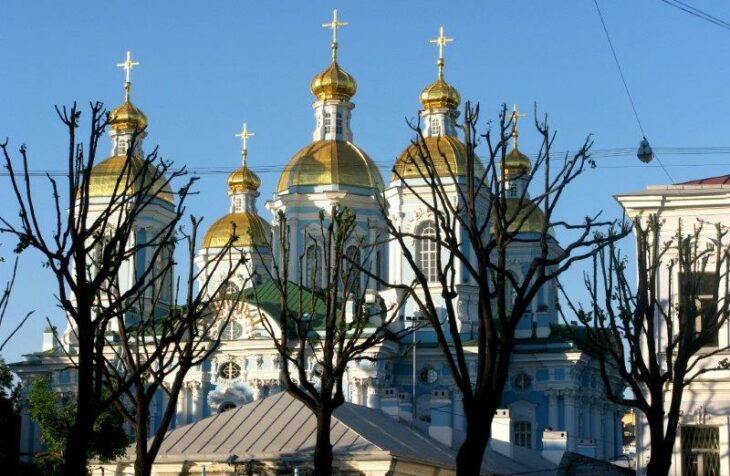
 Tiny Teddy
Tiny Teddy